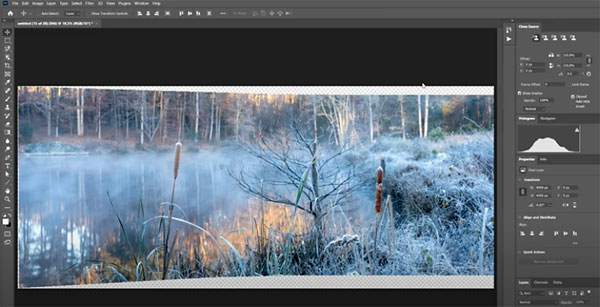Panorama Photos for Beginners: Shooting, Editing & Gear (VIDEO)

We regularly urge you to try something different, capture images outside your comfort zone, and create photos that stand out from the rest. Today’s beginners guide to panorama photography is a great way to do exactly that.
In the 13-minute video below you’ll learn everything you need to know for adding this new skillset to your repertoire. A popular technique among landscape and other outdoor photographers, panos deliver unique images of both expansive scenes and those that are a bit more intimate.
Today’s behind-the-scenes episode from accomplished shooter Sean Leahy includes shooting techniques, the best camera settings to use, and how to stitch images together in post processing for a very compelling result. Leahy’s tutorials typically involve photographing birds, but he’s trying something different in this video and we encourage you to give it a try too.

It’s a cold and crisp morning in North Carolina as Leahy discusses the unique appeal of panorama photography and demonstrates the approach that works best for him. Interestingly, Leahy is concentrating on detail shots within a small pond, rather than the more common style of capturing a broad vista (although his tips will work for those kinds of scenes too."
Most landscape photographers talk about why is a good idea to use a tripod. But for shooting panoramas this tool, along with a sturdy head, is an absolute must. You’ll see how to set up the gear, and level the tripod and head precisely. Another important tool is a remote shutter release or the self-timer on your camera.
Leahy then digs into camera settings, composition, and other key techniques for capturing the images. The last step is editing the photos, and he walks you through a straightforward method that works great in both Lightroom and Photoshop.

You can find more outdoor photography tips and tricks on Leahy’s popular YouTube channel, so take a look and subscribe.
And for another very helpful explainer, check out the tutorial we posted a while back—with everything you need to know for shooting multiple exposures.
- Log in or register to post comments
















































